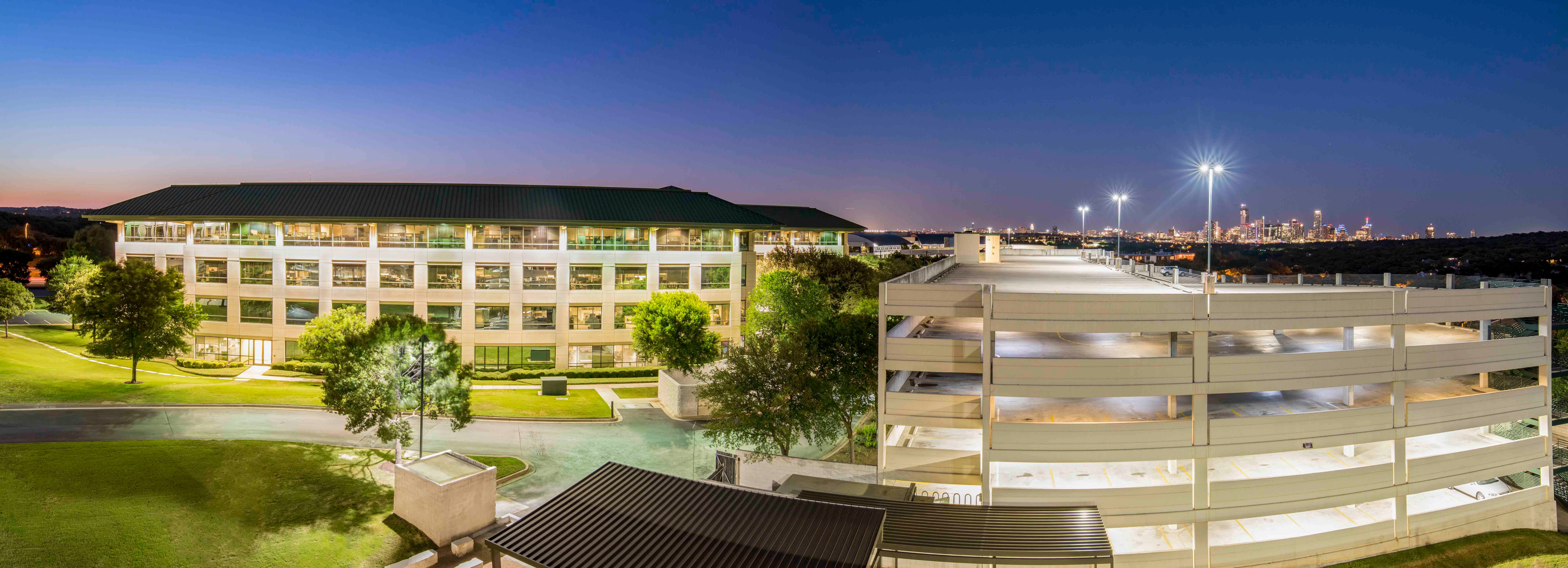Sometimes what seems to be good news for commercial real estate isn't. The industry often doesn't move with trends, but lurches, not making turns in time and compounding that is the repeated reminder that average hardly applies anywhere.
A case in point is a RealPage blog post on a 2024 employment forecast. "Among the nation's 50 largest apartment markets, 26 markets are expected to see 2024 job growth above the U.S. average," they wrote. And that means that 24 markets will be either at average (0.9%) or below average job growth.
At the top are Austin (1.8%), Las Vegas (1.7%), Houston (1.6%), Orlando (1.6%), Phoenix (1.6%), and Dallas (1.5%). Then they offer five major apartment markets that are below average at 0.5%, the "weakest job base expansions among the nation's largest markets": St. Louis, Pittsburgh, Milwaukee, Detroit, and Cleveland.
Recommended For You
Take a step back now. First, these are projections — expectations. They may not turn out this way. If correct, then the top market, Austin, will see double the job growth rate of the national average. But is another 90 basis points really that astounding? Is 40 basis points below the average that distressing?
More importantly for the CRE industry, matching job growth with multifamily is more complicated than it seems because of strategic inertia.
As the Wall Street Journal reported, "Home prices and apartment rents in Austin, Texas, have fallen more than anywhere else in the country, after a period of overbuilding and a slowdown in job and population growth." And yet, Austin has the highest expected job growth rate according to RealPage.
Austin has attracted many tech high-paying tech jobs, its economic growth was double the national rate. "Now, it is contending with a glut of luxury apartment buildings," the Journal wrote. "Landlords are offering weeks of free rent and other concessions to fill empty units. More single-family homes are selling at a loss. Empty office space is also piling up downtown, and hundreds of Google employees who were meant to occupy an entire 35-story office tower built almost two years ago still have no move-in date."
That comes back to strategic inertia. Inertia is a property in physics where a body tends to stay in a given steady state of motion. As has often historically happened in CRE, when an opportunity appears, developers and investors will swarm over it and keep buying and building, even as the trend that initially caught their attention moderates.
Multifamily Spring:
Multifamily Spring is coming to New York City this April 18. This year's program will bring together the industry's most influential and knowledgeable real estate executives from the multifamily sector for 5 hours of face-to-face networking and over 5.5 hours of can't miss sessions. Learn more or register here.
© Touchpoint Markets, All Rights Reserved. Request academic re-use from www.copyright.com. All other uses, submit a request to [email protected]. For more inforrmation visit Asset & Logo Licensing.






